That Nasty Oil Stain on Your Driveway? Here’s How to Actually Fix It.
Alright, let’s talk about that dreaded dark spot on your driveway or garage floor. Before we dive deep, a quick heads-up: if the spill just happened and it’s still a puddle, stop reading this! Go grab some clay kitty litter, sawdust, or even cornstarch and dump a thick layer on it right now. Containment in the first 15 minutes is your absolute best weapon. We’ll be here when you get back.
In this article
First, Why Oil is Such a Pain to Clean
So, why do oil stains get so ugly, so fast? I’ve seen it all, from a single drop of motor oil to a catastrophic hydraulic fluid leak, and the story is always the same. Concrete isn’t a solid, non-porous surface like glass. It’s actually more like a super-hard sponge. If you could zoom way in, you’d see a massive network of tiny tunnels and pores. This is what gives it strength, but it’s also why it greedily soaks up any liquid it meets.
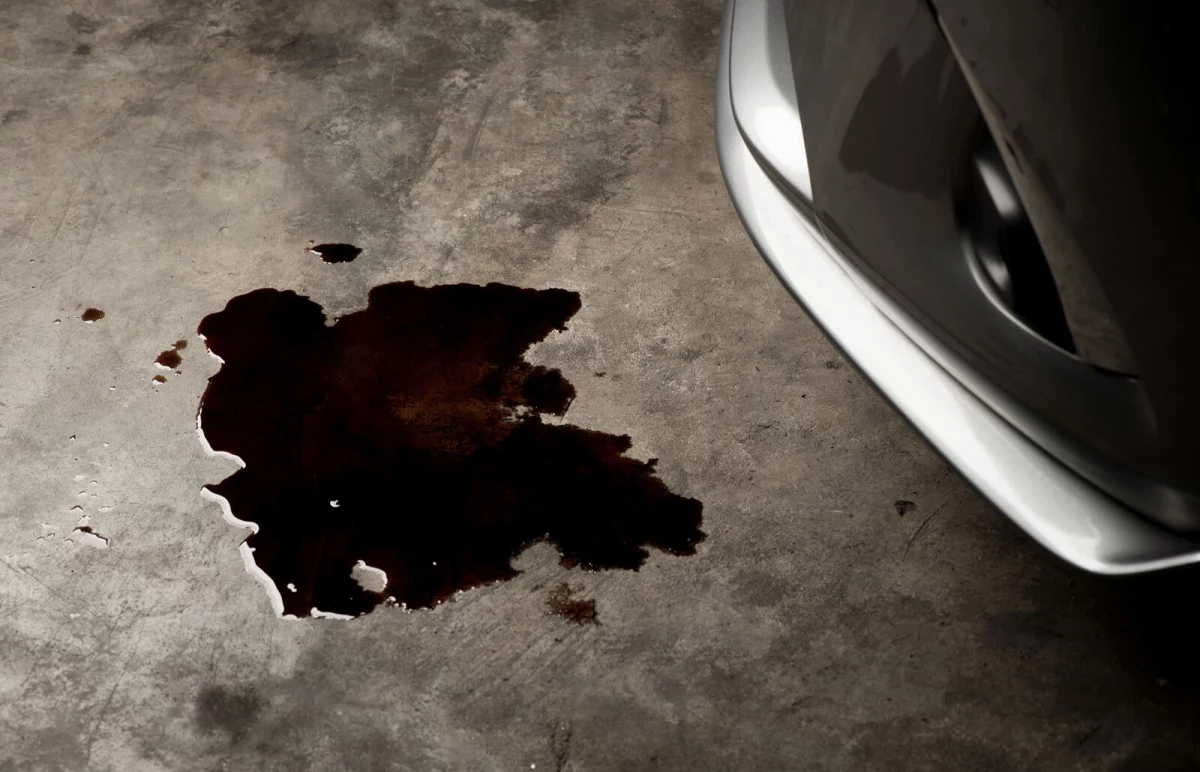
When oil hits the pavement, it doesn’t just sit there. It immediately starts wicking down into those pores. The warmer the day and the thinner the oil (think transmission fluid), the faster and deeper it goes. On a hot summer afternoon, a fresh stain can sink half an inch in just a couple of hours. This is why we’re not just cleaning a surface; we’re trying to pull a contaminant out from deep inside a structure.
Oh yeah, and not all oil is created equal. Used motor oil is way worse than new because it’s packed with tiny metal particles and gunk that act like a dye. Synthetic oils can be even sneakier, creeping into the tiniest of pores. Understanding this is key—it sets you up for the right mindset.
Your First Hour Response: Contain and Absorb
What you do in the first hour will honestly determine about 80% of your success. The goal is simple: stop the oil from spreading and soak up as much as possible before it dives deep.
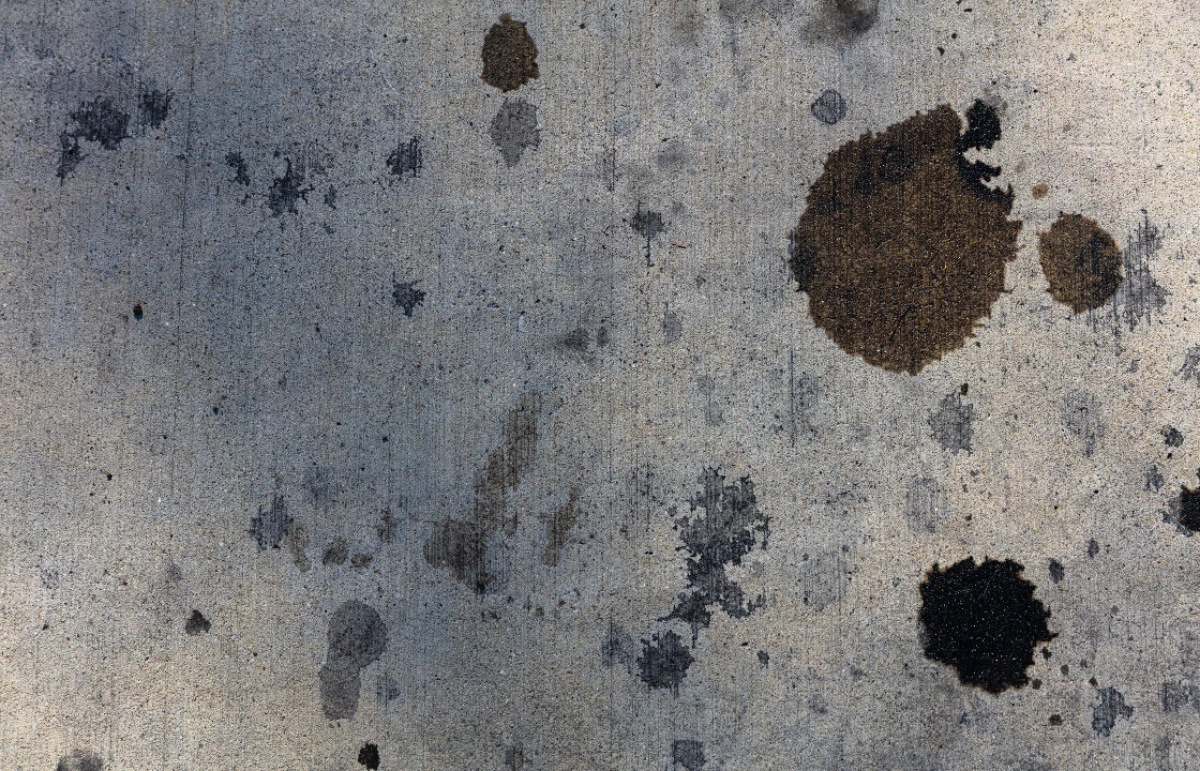
First, if it’s a big spill, you need to build a dam. Grab any dry, absorbent stuff you have. The best choice is a clay-based absorbent, which you can find sold as kitty litter or specifically for spills at any auto parts store for about $10 a bag. In a pinch, sawdust or even sand will do the job. Make a little wall around the spill to keep it from growing.
Next, gently cover the entire stain with at least a half-inch-thick layer of your absorbent. Don’t rub it in! A common mistake is grinding it down, which can actually push the oil deeper. Just pour it on and let it do its thing. The clay will act like a paper towel, wicking the free oil up. Let it sit for at least an hour, or even up to 24 hours for a big spill. You’ll see it get dark as it works. Then, just sweep it up and put it in a heavy-duty trash bag. Heads up: check your local rules for disposing of hazardous waste; you can’t just toss it in the regular bin.
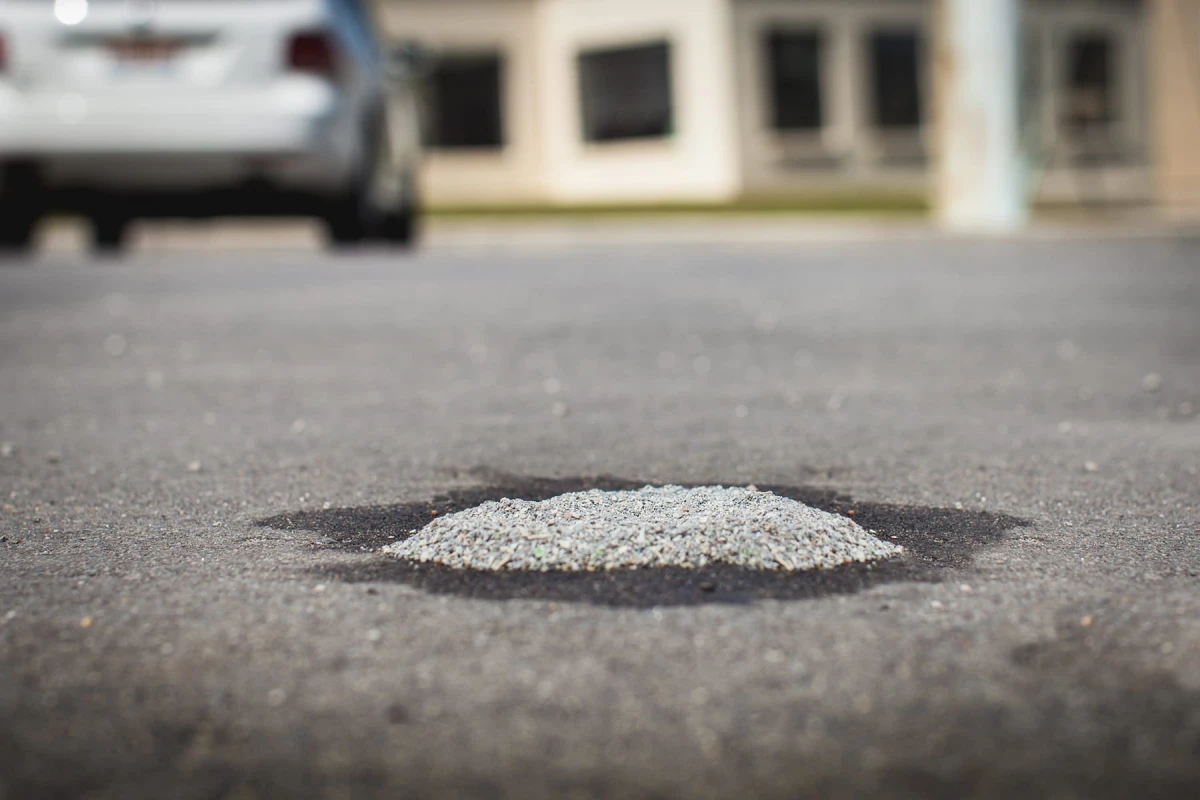
The DIY Battle Plan: Two Trustworthy Methods
Once you’ve soaked up the excess, you’re left with the stain. For most homeowners, there are two solid approaches. The key to both? Patience. This isn’t a five-minute job.
Method 1: The Poultice (Slow but Effective)
This is my go-to recommendation for tough, set-in stains. A poultice is basically a paste that uses a solvent to dissolve the oil and an absorbent powder to pull it all out of the concrete. It’s a slow-burn method, but it physically removes the oil, which is why it works so well.
Here’s what you’ll need to grab from the hardware store:
- A Solvent: Acetone is powerful but very flammable, so be careful. Mineral spirits are a safer bet. For a less aggressive approach, you can even start with a concentrated liquid dish soap.
- An Absorbent Powder: Diatomaceous earth (DE) is the champion here. You can find it at pool supply or garden stores. Talc powder or even sawdust can work, too.
- A few tools: A plastic putty knife, some plastic wrap, and painter’s tape.
Quick tip on cost: You can get everything you need for this for under $40. A quart of acetone or mineral spirits is usually $10-$15, and a big bag of DE is about $20.
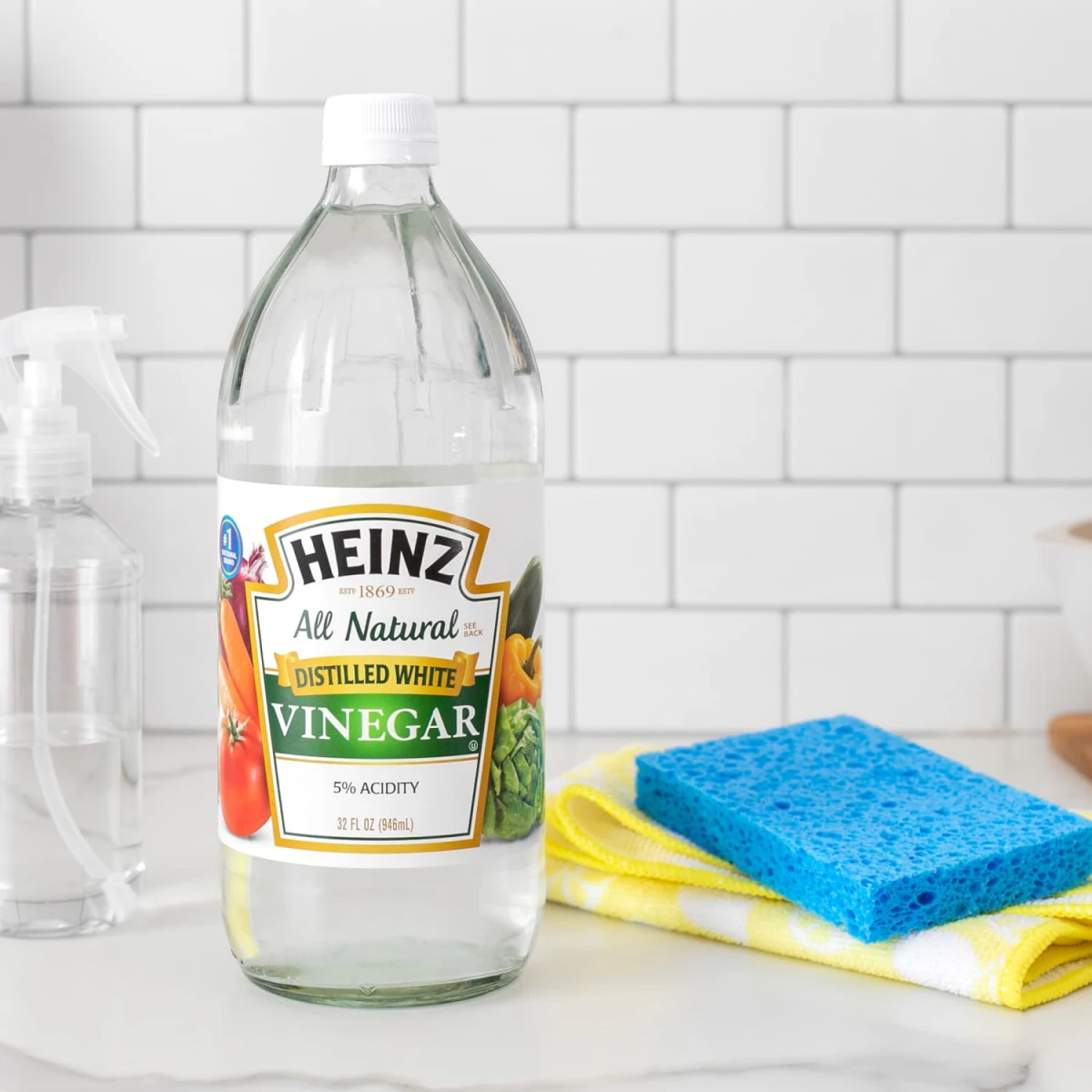
Here’s the process:
- Safety first! If you’re using a chemical solvent, make sure you’re in a well-ventilated area. Wear nitrile gloves and safety glasses. No open flames nearby, seriously.
- Mix the paste. In a metal or glass bowl (solvents can melt plastic), start with about two cups of your powder and slowly pour in the solvent. Mix until you get a thick paste, like the consistency of peanut butter. It’s way easier to add more liquid than to fix a runny mess.
- Apply it. Spread the paste over the stain with your putty knife. Go about a quarter-inch thick and extend an inch past the stain’s edges.
- Cover and wait. Lay plastic wrap over the paste and tape down the edges. This traps the solvent, forcing it to work its magic deep in the concrete instead of just evaporating.
- Let it dry completely. This is the hard part. Walk away for 24 to 48 hours. As the paste dries, it pulls the dissolved oil up with it.
- Clean up. Once it’s bone dry, scrape off the powder and sweep it up for proper disposal. Give the spot a quick scrub with soap and water, then rinse.
Don’t be discouraged if the stain isn’t completely gone. After one application, a 50-60% improvement is a fantastic result! For deep, old stains, you might need to repeat the process two or three times.

Method 2: Alkaline Degreasers (Faster but Chemical)
Another great option is a heavy-duty alkaline degreaser. These chemicals work by turning the oil into a soapy, water-soluble substance that you can then rinse away. You can find concrete degreasers at any big-box hardware store. Look for trusted brands like Zep Heavy-Duty Concrete Degreaser or Krud Kutter; they’re solid choices for around $15-$20 a gallon.
Before you start, get your gear on—waterproof gloves and safety glasses are non-negotiable. Lightly dampen the stain with water, then pour on the degreaser and scrub it in vigorously with a stiff nylon brush (never a wire brush, it’ll scratch the concrete and leave rust spots later). Let it sit for 15-30 minutes, but don’t let it dry. Finally, rinse the area thoroughly with a hose or, even better, a pressure washer on a low setting.
So, Which DIY Method is for You?
Think of it like this. The poultice method is your best bet for older, deeper stains where you need to physically pull the gunk out. It takes longer (a couple of days per attempt) but is incredibly thorough. The degreaser method is fantastic for newer, more widespread surface stains and is much faster (you can do it in an hour). For under $50, you can tackle most common stains yourself with either of these approaches.
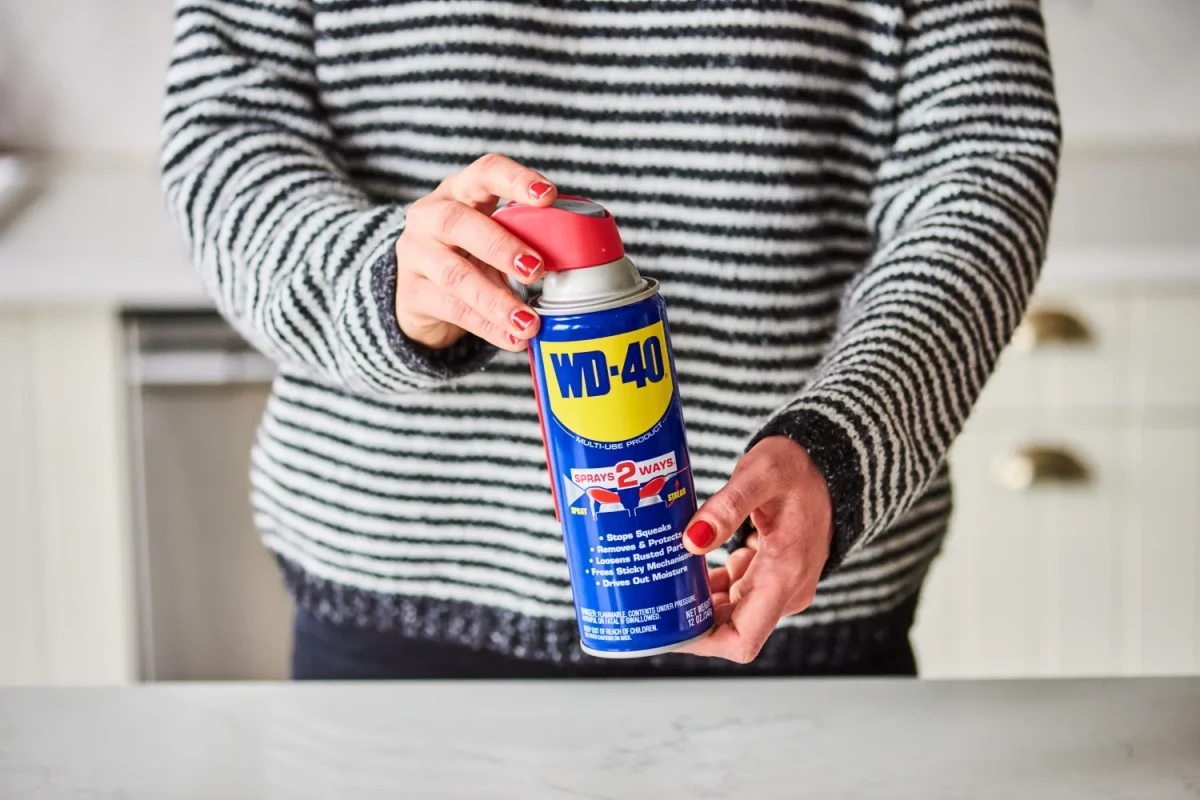
Quick Fixes That Just Don’t Work
You’ll probably see people online recommending things like Coke or WD-40. From my experience, just don’t. The acid in soda is too weak to do much, and it leaves behind a sticky sugar mess that attracts dirt. And WD-40? It’s a light solvent that just thins the oil, making the stain look a little better for a moment before helping it sink even deeper. Stick to products made for the job.
When It’s Time to Call in the Pros
Sometimes, a stain is just too much for a DIY approach. It’s probably time to call a professional if:
- The stain is ancient or covers a huge area.
- Your concrete is decorative, stamped, or colored (the wrong chemical can ruin it forever).
- You’re just not comfortable handling chemicals or a pressure washer.
- You’ve already tried a couple of times with no luck.
A pro will bring out the big guns, primarily a hot-water pressure washer. That heat is the real game-changer, melting the oil out of the pores. They also know how to manage the chemical runoff safely and legally. Expect to pay somewhere between $150 and $400 for a professional to treat a typical two-car driveway stain. Always get a quote and ask if they use a water reclamation system—it’s the mark of a true professional.

The Absolute Best Cure: Prevention
After all that work, you don’t want to do it again, right? The best long-term solution is sealing your concrete. For a driveway or garage, I always recommend a penetrating sealer (look for silane/siloxane-based products). It soaks into the concrete and creates an invisible barrier within the pores without making the surface glossy or slippery. Applying a good sealer every 3-5 years is the single best investment you can make. That, and maybe a drip pan under that old car. A little prevention saves a world of scrubbing.
Galerie d’inspiration
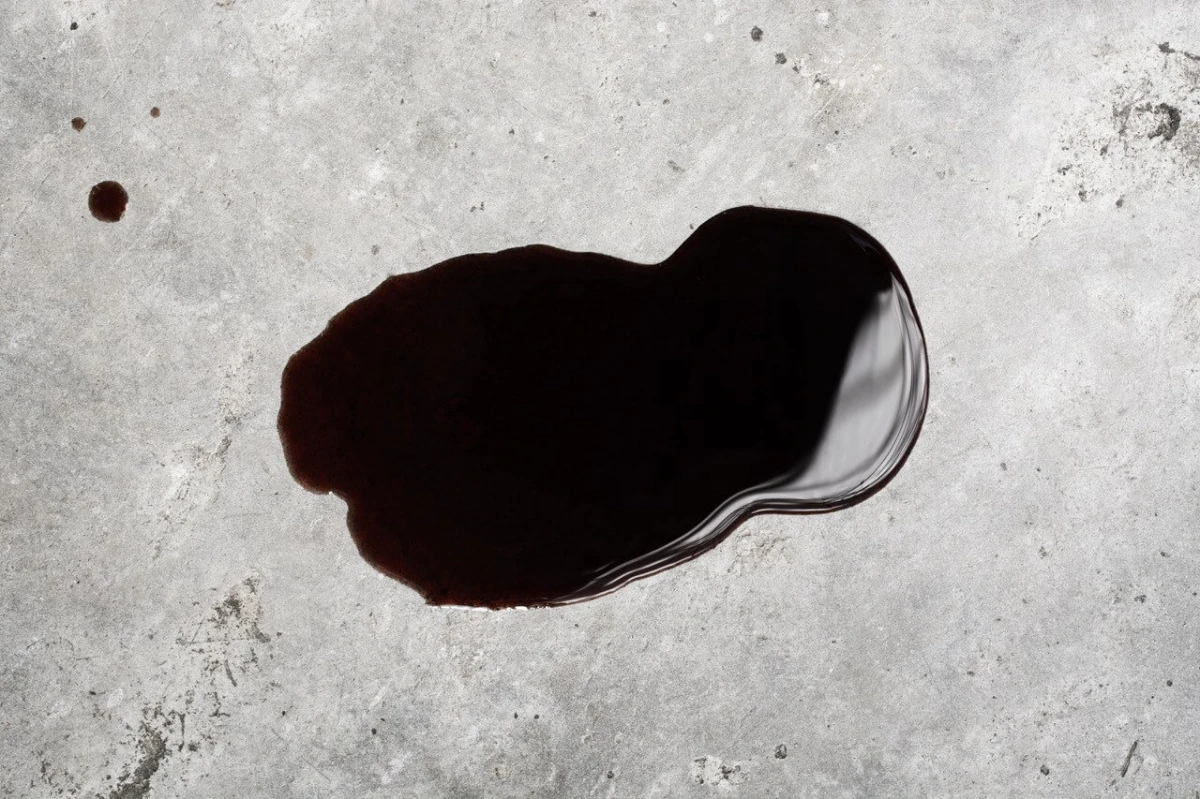
What about that ghost of a stain that’s been there for months?
When an oil stain is old and deep, surface scrubbing is useless. You need to pull the oil out, and the best DIY method is a poultice. Think of it as a deep-cleaning face mask for your concrete. You’ll make a thick paste using an absorbent powder (baking soda or diatomaceous earth work well) and a solvent like acetone. Mix them to a peanut butter consistency, spread a thick layer over the stain, and cover it with plastic wrap, taping the edges. Let it sit for 24-48 hours. The solvent dissolves the trapped oil, and the powder wicks it up. Once dry, just scrape it away. It’s a slow process, but it’s your best bet for turning back the clock on stubborn stains.










